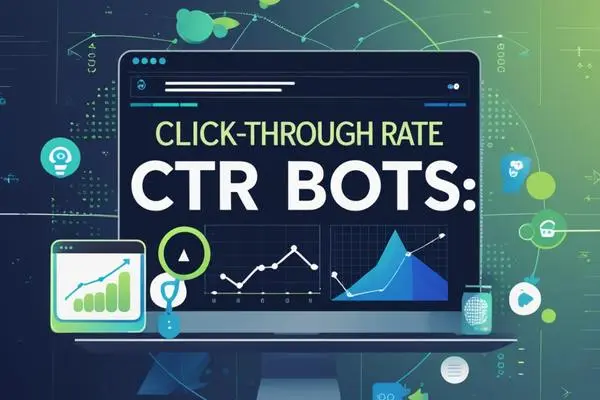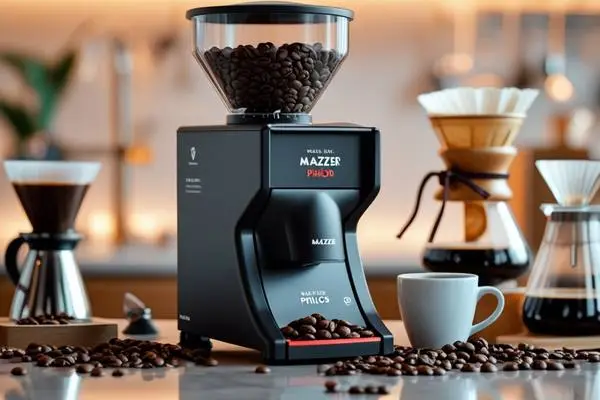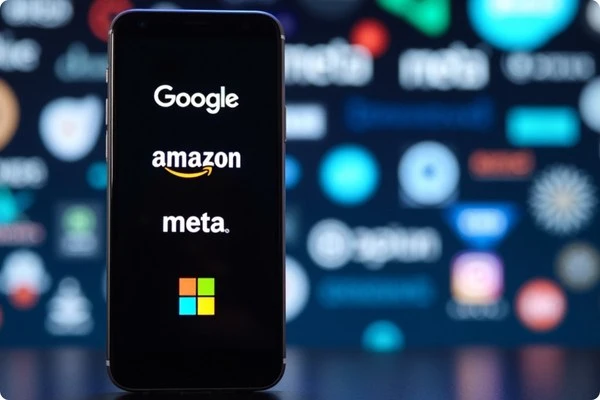Click-through rate (CTR) is a crucial metric in SEO that measures the percentage of users who click on a specific link compared to the total number of users who view a page. While a high CTR can indicate effective content and marketing strategies, some website owners may be tempted to use CTR bots to boost this metric artificially. However, this practice carries significant risks and ethical implications. This article will explore the world of CTR bots, examining their potential benefits, drawbacks, and ethical considerations while providing actionable insights for SEO success.
What is a CTR Bot?
A CTR bot is an automated tool designed to generate clicks on your links or search results by mimicking human behavior. These bots simulate user engagement, which can potentially help your site rank higher in search results.
There are various types of CTR bots available, including:
- Click Generators:
These bots focus solely on generating clicks on specific links.
- Behavior Simulators:
These bots generate clicks and simulate user actions, such as scrolling and time spent on a page.
Understanding the different types of CTR bots can help you choose the right tool for your needs, but it’s essential to approach their use with caution.
Benefits of Using a CTR Bot
While using a CTR bot can seem appealing, it’s essential to recognize that the benefits are not guaranteed and come with risks. Here are some potential advantages:
- Increased Visibility
A higher CTR can signal search engines that your content is relevant, potentially improving rankings. However, this is contingent on the quality of your content and overall SEO strategy.
2. Enhanced Traffic
More clicks can increase traffic, which benefits your overall SEO strategy. However, the benefits may be short-lived if the traffic does not convert.
3. Competitive Advantage
A higher CTR can give you an edge over competitors in competitive markets. However, relying on bots can backfire if search engines detect artificial manipulation.
4. Short-Term Gains
CTR bots may temporarily boost visibility for new websites trying to establish themselves. However, this should not replace genuine engagement strategies.
How to Use a CTR Bot Effectively?
If you decide to use a CTR bot, it’s essential to do so wisely. Here are some tips to maximize effectiveness while minimizing risks:
- Choose the Right Bot
Research a reputable CTR bot that fits your needs. Look for user reviews and testimonials to gauge reliability.
- Use Sparingly
Employ the bot strategically and avoid overuse. Excessive reliance on CTR bots can raise red flags with search engines.
- Monitor Your Analytics
Check your website’s analytics regularly to ensure the bot generates genuine engagement. Pay attention to metrics like bounce rate and time on the page.
- Combine with Organic Strategies
Use the CTR bot as a supplementary tool alongside organic SEO strategies. Focus on creating high-quality content and optimizing your website.
- Be Aware of Settings
Familiarize yourself with the CTR bot’s settings. Adjust parameters to mimic realistic user behaviour, such as varying click patterns and time spent on pages.
Analyzing the Effectiveness of CTR Bots
To determine if your CTR bot is effective, track key metrics:
- Click-Through Rate
Measure the percentage of users who click on your link after using the bot. A significant increase in CTR indicates effectiveness.
- Bounce Rate
Monitor how many users leave your site after viewing just one page. A high bounce rate may suggest that the clicks generated by the bot are not translating into genuine interest.
- Time on Page
Track how long users spend on your site. Longer durations indicate that users find your content valuable.
- Conversion Rate
Ultimately, increasing your CTR aims to drive conversions. Monitor how many visitors take desired actions, such as signing up for a newsletter or purchasing.
Using tools like Google Analytics can help you analyze these metrics effectively. Examining case studies of successful and unsuccessful CTR bot usage can provide valuable insights.
Risks and Ethical Considerations
While CTR bots can offer short-term benefits, they also come with significant risks and ethical dilemmas:
- Search Engine Penalties
Search engines like Google have strict guidelines against artificial traffic generation. If you use CTR bots excessively or inappropriately, you could face penalties, including lower rankings or removal from search results. For more information, refer to Google’s Webmaster Guidelines.
- Legal Implications
Using CTR bots may violate laws related to consumer protection and false advertising. For instance, the Federal Trade Commission (FTC) in the United States enforces regulations against deceptive practices in advertising. If a business is found to be misleading consumers by artificially inflating engagement metrics, it could face legal repercussions. More details can be found on the FTC’s website.
- Brand Reputation
Relying on artificial means to boost engagement can damage your brand’s reputation. If users discover that your traffic is artificially inflated, they may lose trust in your brand and be less likely to engage with your content in the future. This loss of confidence can lead to decreased customer loyalty and negative word-of-mouth.
- User Experience
SEO’s ultimate goal is to provide users value. Using CTR bots to drive traffic to low-quality content risks frustrating users and harming your brand’s credibility.
Alternatives to CTR Bots
If you’re hesitant to use CTR bots, there are plenty of organic methods to improve your CTR and overall SEO performance:
1. Create Engaging Content:
Focus on producing high-quality, engaging content that resonates with your audience. Use storytelling techniques and visuals to enhance user engagement. For example, consider using infographics or videos to make your content more appealing.
2. Implement SEO Strategies:
Use on-page and off-page SEO strategies, such as optimizing keywords, improving site speed, and building backlinks. Tools like Ahrefs and SEMrush are valuable for conducting thorough keyword research to identify relevant terms your audience is searching for.
3. Leverage Content Marketing:
Promote your website through blogs, social media, and email campaigns. Engaging content can naturally increase your CTR without the need for bots. For instance, consider running a successful content marketing campaign like HubSpot’s inbound marketing strategy, which focuses on providing valuable content to attract and engage users.
4. Utilize Social Proof:
Incorporate testimonials, reviews, and case studies into your content. Social proof can enhance credibility and encourage users to click on your links. For example, showcasing customer success stories can build trust with potential clients.
5. Optimize for Featured Snippets:
Answer common questions clearly and concisely to have your content featured in Google’s snippets. This can significantly increase your visibility and CTR. Use tools like AnswerThePublic to find common questions related to your niche.
6. A/B Testing:
Experiment with headlines, images, and calls to action to see what resonates best with your audience. A/B testing can help refine your approach and improve your CTR.
Conclusion:
In summary, while CTR bots can quickly boost your click-through rates and visibility, they come with significant risks and ethical considerations. It is crucial to understand how to use these tools effectively and monitor their impact on your website’s performance.
Ultimately, focusing on creating high-quality, engaging content and employing ethical SEO practices will yield more sustainable results in the long run. By prioritizing user experience and genuine engagement, you can build a strong online presence that stands the test of time.
As you navigate the SEO world, remember that the ultimate goal is to provide value to your audience. If you’re considering using CTR bots, carefully weigh the risks and benefits and consult with reputable SEO consultants specializing in ethical and white-hat practices to ensure your strategies align with best practices.
Frequently Asked Questions (FAQs)
Q1: What is a CTR bot, and how does it work?
A CTR bot is an automated tool that generates clicks on your links or searches results by mimicking human behavior. It simulates user engagement to potentially boost your Click-Through Rate (CTR) and improve your rankings in search results.
Q2: Are CTR bots safe to use?
While CTR bots can provide short-term benefits, they come with risks. Search engines like Google may penalize websites that generate artificial traffic. To avoid negative consequences, using them sparingly and ethically is essential.
Q3: Can using a CTR bot improve my website’s ranking?
A higher CTR can signal to search engines that your content is relevant, which may lead to improved rankings. However, relying solely on CTR bots without quality content and ethical SEO practices can be detrimental in the long run.
Q4: What are some alternatives to using CTR bots?
Instead of using CTR bots, focus on creating high-quality, engaging content, implementing effective SEO strategies, and leveraging content marketing techniques. These organic methods can lead to sustainable improvements in your CTR and overall SEO performance.
Q5: How can I measure the effectiveness of a CTR bot?
To measure the effectiveness of a CTR bot, track key metrics such as Click-Through Rate, bounce rate, time on page, and conversion rate. Using tools like Google Analytics can help you analyze these metrics and determine the impact of the bot on your website’s performance.










